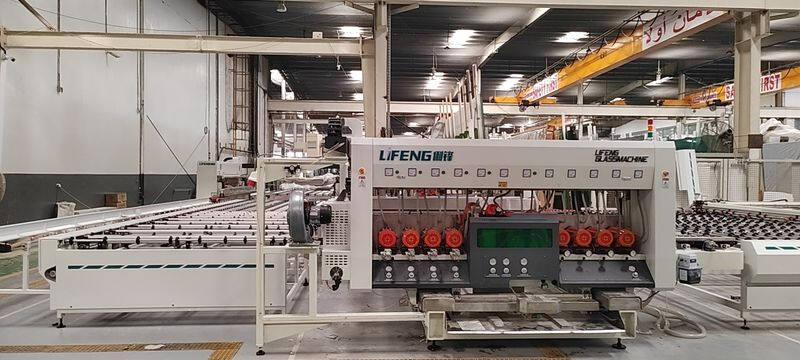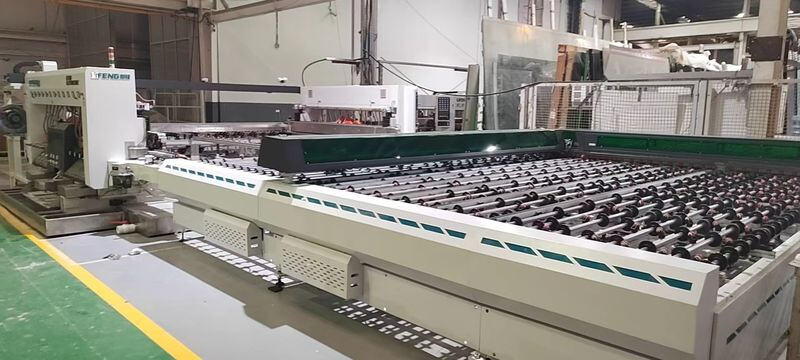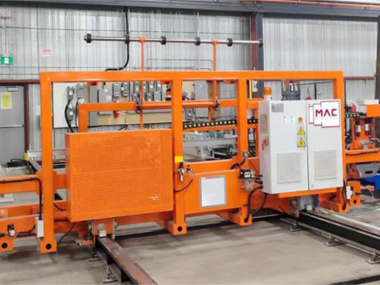kaksinkertaiset reunat
Kaksoisreunat ovat merkittävä edistysaskel lasinkäsittelytekniikassa, ja ne tarjoavat tarkkuutta ja tehokkuutta lasikerrosten valmiiden reunojen luomiseen. Nämä kehittyneet koneet käsittelevät lasin molempia reunoja samanaikaisesti ja niissä on useita jauhuspyöriä, jotka toimivat täydellisen synkronoituneesti. Järjestelmässä on tyypillisesti automaattinen paksuuden säätöominaisuus, jonka ansiosta eri lasinkärjyyden käsittely on saumattomia ilman manuaalista toimintaa. Nykyaikaiset kaksoispiirtäjät on varustettu kehittyneillä PLC-ohjausjärjestelmillä, jotka varmistavat yhdenmukaisen laadun ja minimoivat operaattorin panoksen. Niissä käytetään timanttikäyttöisiä pyöröitä, joiden viimeistely on parempaa, ja niissä on vesilämpöjärjestelmät, jotka estävät ylikuumenemisen käytön aikana. Koneet voivat käsitellä erilaisia reunaprofiileja, kuten litteitä, reuna- ja kynäreuna-reunaa, mikä tekee niistä monipuolisia eri sovelluksiin. Ne ovat erityisen arvokkaita arkkitehtonisen lasin jalostuksessa, huonekalujen valmistuksessa ja autojen lasin valmistuksessa. Käsittelyn nopeus voi olla jopa 8 metriä minuutissa lasin paksuudesta ja halutusta lopputasoista riippuen. Turvallisuusominaisuuksiin kuuluvat hätäpysäkkeet, suoja-aineet ja automaattiset vika-ilmaisujärjestelmät.


